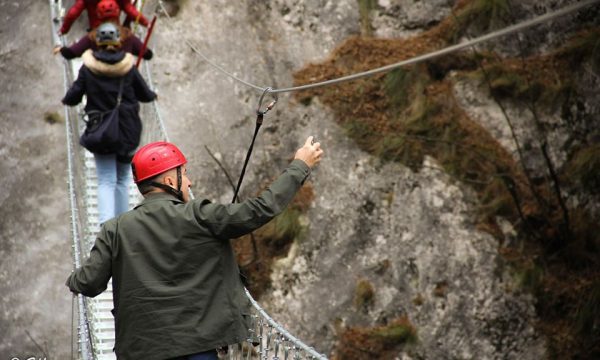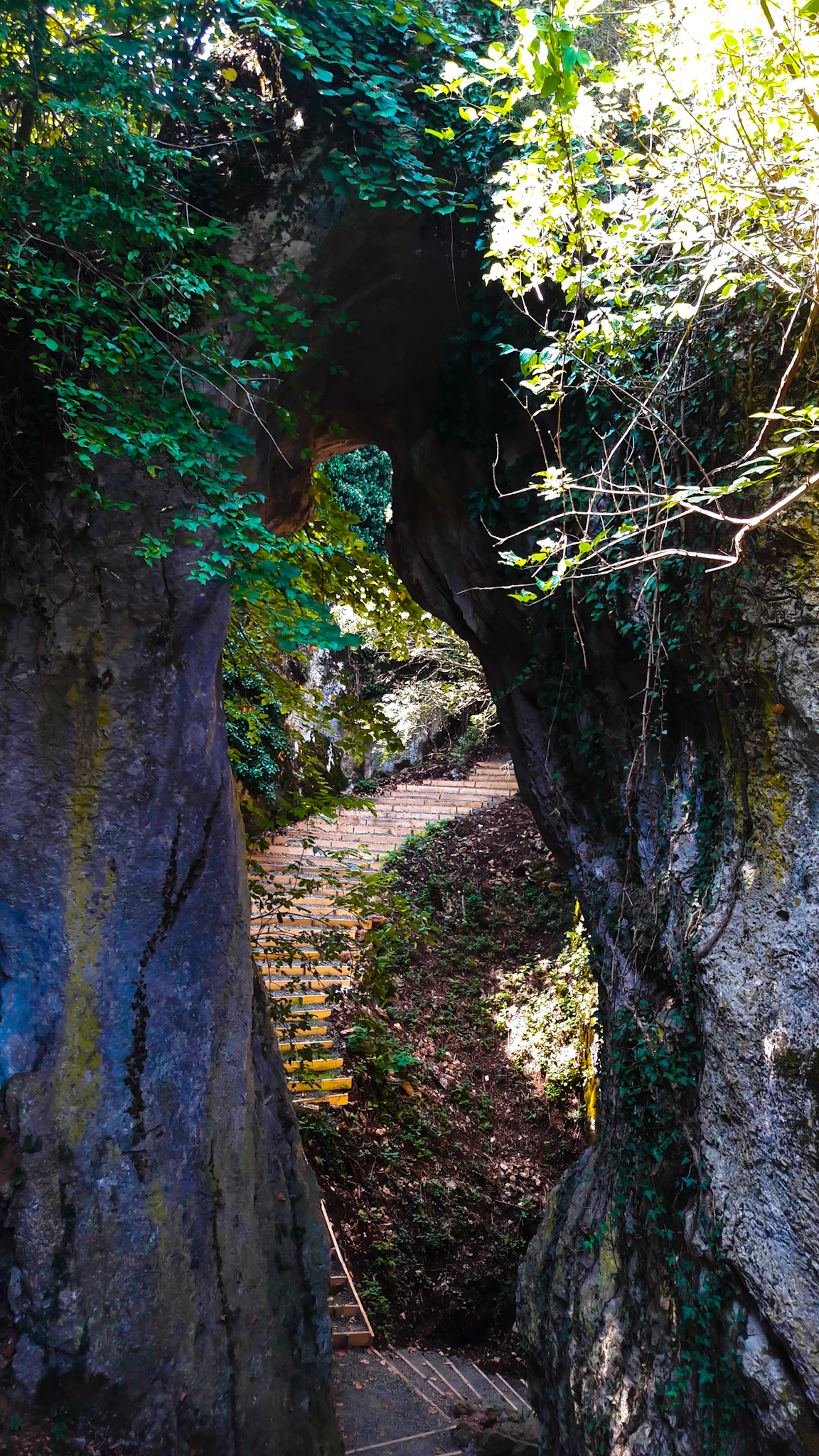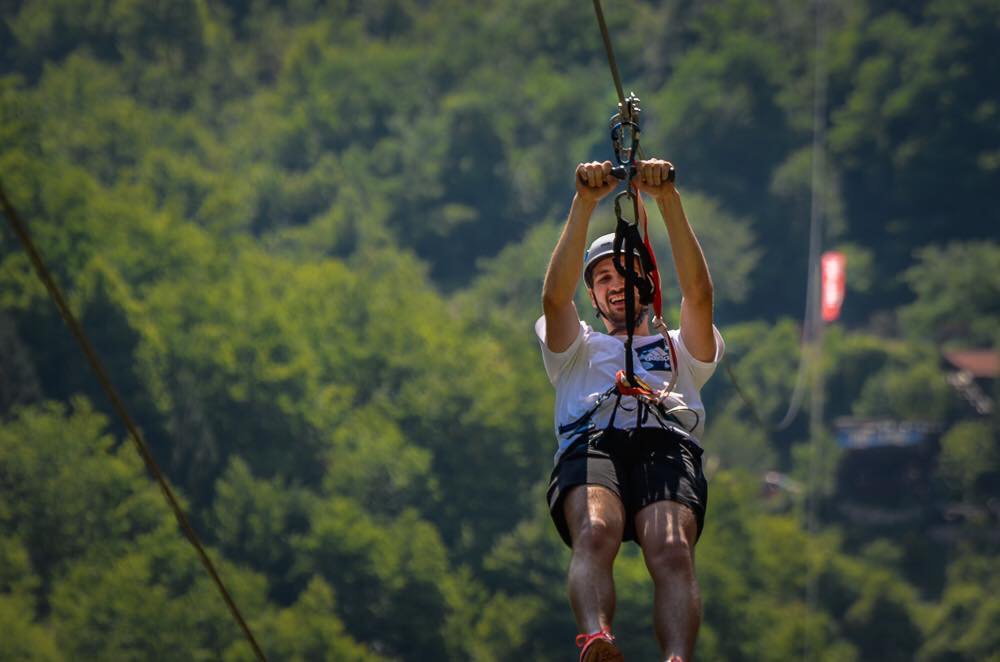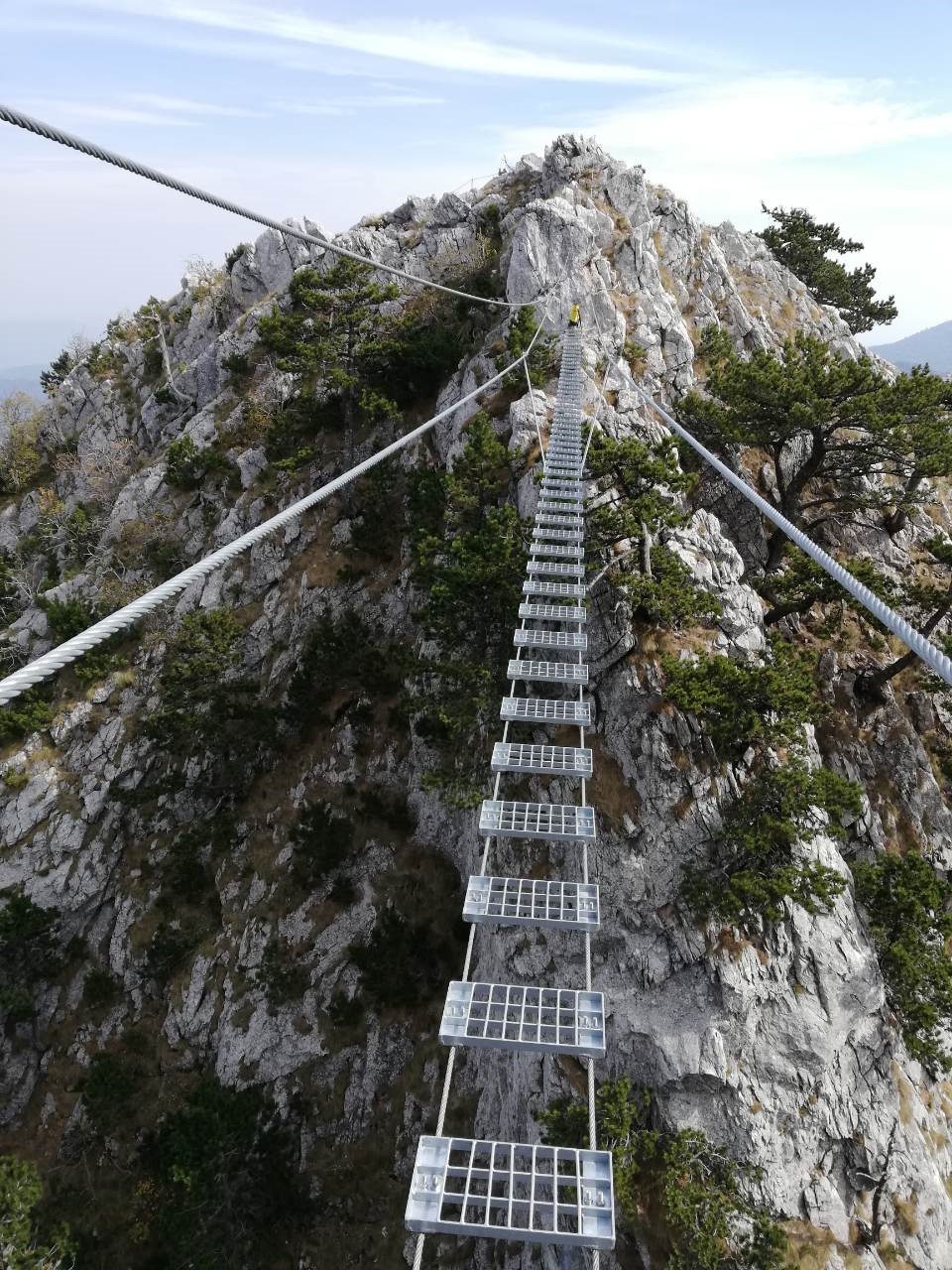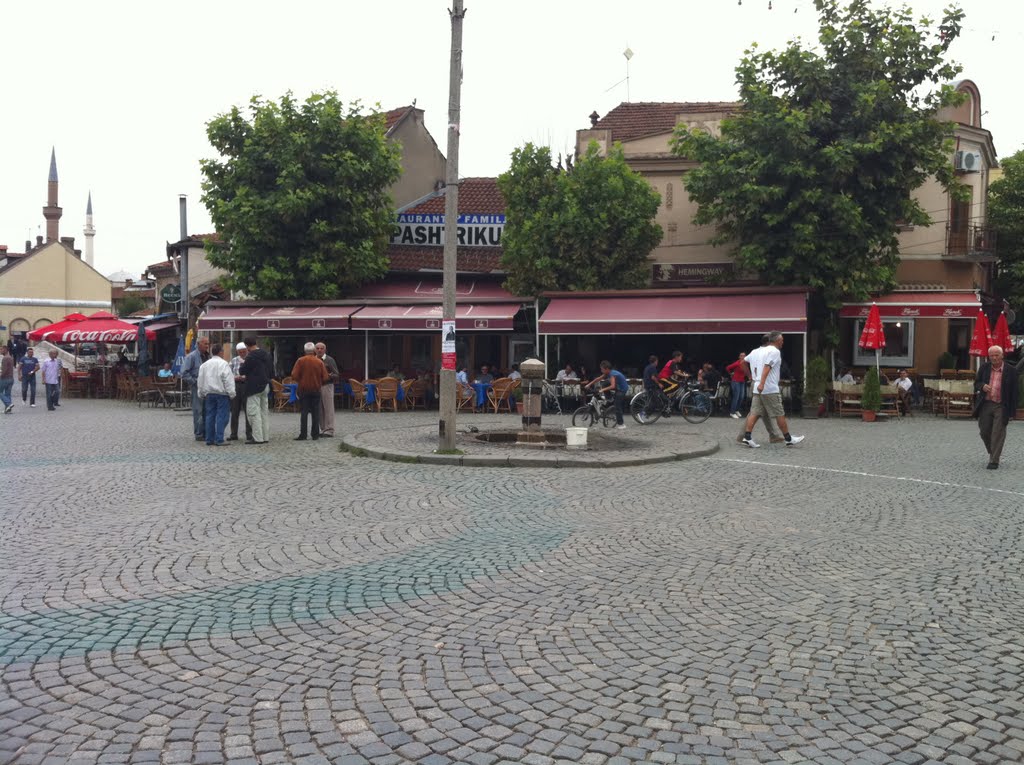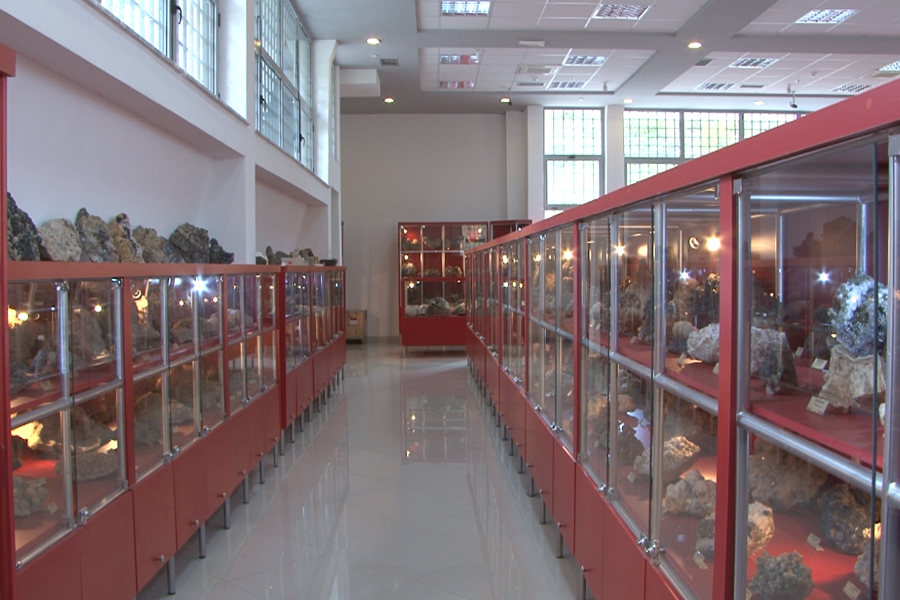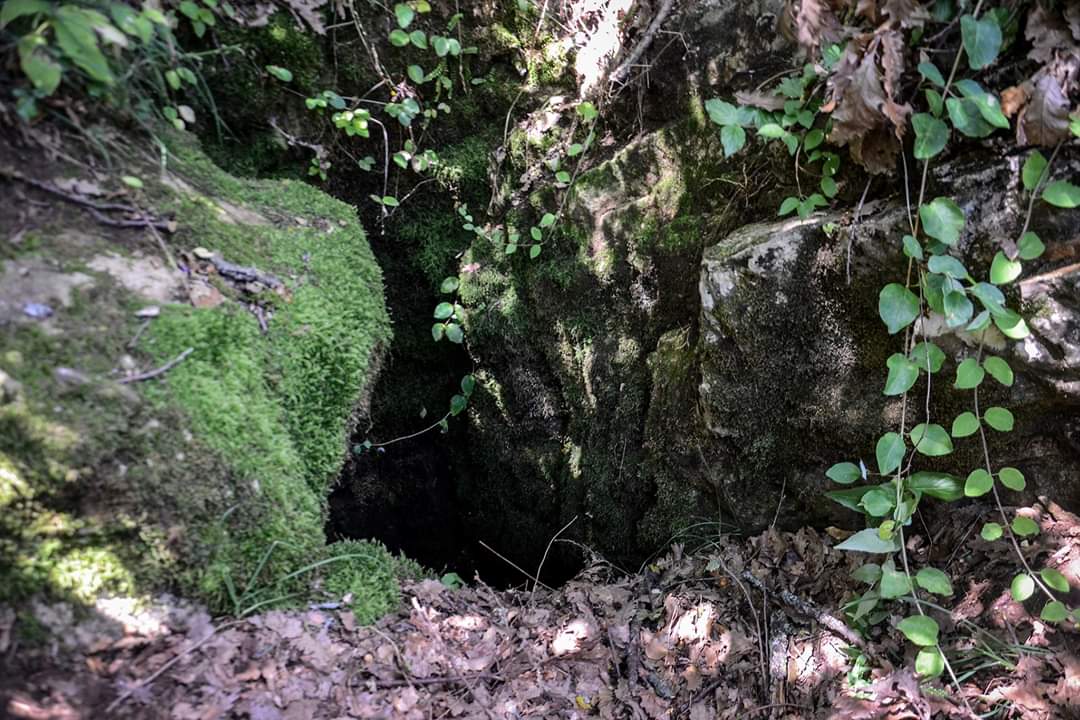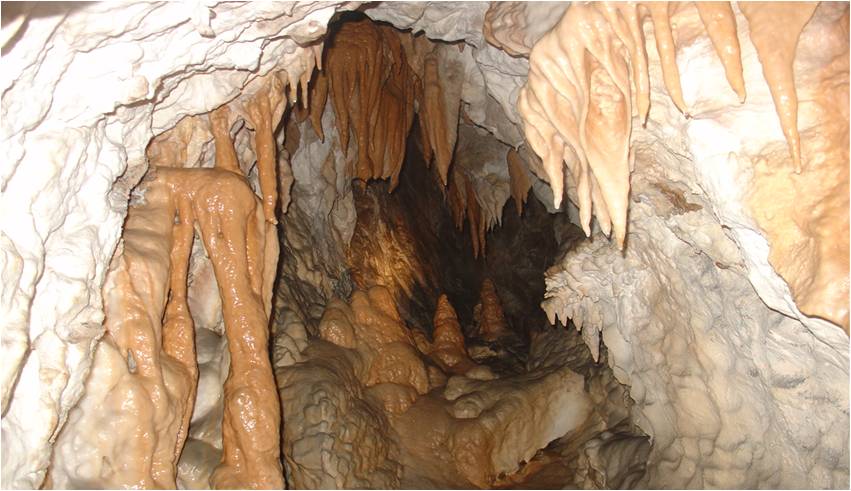PEAKS OF THE BALKANS
In order to create income for local population, stop abandonment of the mountain region of Kosovo, Montenegro and Albania and to bring these parts of the region closer together, the national and local tourism organization and hiking clubs joined forces with the German Development Cooperation to develop “The Peaks of the Balkans” regions as one destination for mountain tourism. With the development of a transnational hiking trail, one of only few in the world, a common base for further development was set up.
The transnational ”Peaks of the Balkans” leads through one of the remote and wild mountainous regions of Western Balkans. By using shepherd paths and footways, the trail winds through high alpine mountains up to 2300 meters above the sea level and leads through mountains scenery, with a diversity of breathtaking landscapes, varying from green valley to crystal-clear mountain lakes, waterfalls, river and remote picturesque mountains village, in which time seems to have stopped. All in all a “hidden treasure” for nature lover and hikers.
Until twenty years ago, the region had been almost inaccessible for visitors, which make it an authentic cultural experience and adventure to hike across the three mountains Albania, Kosovo and Montenegro.
THE REGION
The region of Dinaric Alps spreading across the north of Albania, the southwest of Kosovo, and the east of Montenegro which is also called “Accursed Mountains”, counts to the least known areas in South East Europe. Until now, the mountain region of Kosovo, Montenegro and Albania has virtually remained untouched and is only sparsely inhabited. Thus, it has preserved its fascination and authentic character.
The region is known for hospitality of its habitants, which visitors can enjoy while staying in one of the traditional houses that can be found along the trail in all three countries. The variety of accommodation ranges from traditional stone houses, so called “Kullas” , to mountain huts and small mountain lodges where local and house-made dishes are served by the local hosts The region is known for hospitality of its habitants, which visitors can enjoy while staying in one of the traditional houses that can be found along the trail in all three countries. The variety of accommodation ranges The region is known for hospitality of its habitants, which visitors can enjoy while staying in one of the traditional.
The TRAIL
The quite ambitious “The Peaks of the Balkans” trail comprises 192km and completes the circuit crossing the three countries. The hike can be started in each country: Peja (Kosovo), Theth (Albania) and Plav (Montenegro).
10 stages of the trail can be hiked in 10 to 13 days depending on the motivation and condition of the hikers. The level of difficulty ranges from easy to moderate, but requires good physical condition and mountain equipment (e.g. hiking boots, waterproof clothing lamp, GPS, first aid kit, mobile phone). Even though the whole is marked and signposted, it partly leads to uninhabited mountain region.
Hence, it is recommended to hike in a group or accompanied by a hiking guide.
Local mountain guide, trained by the DAV (Deutscher Alpen Verein) and familiar with the trail, are ready to accompany individuals and small groups. Further information on guides, accommodation, cross border procedures and a detail description of the trail stage, including GPS data and high profiles, can be found on the website (www.peaksofthebalkans.com).
 en
en al
al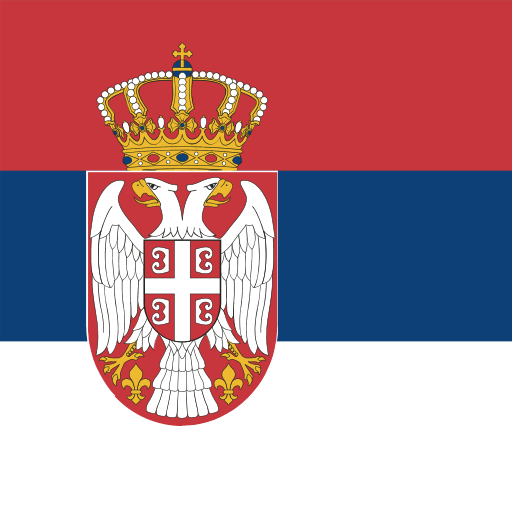 srb
srb

